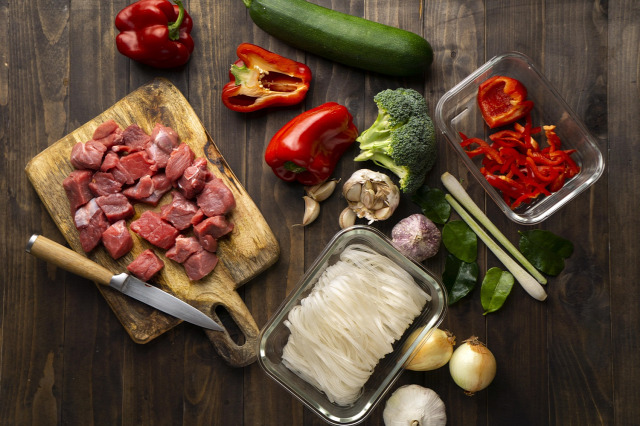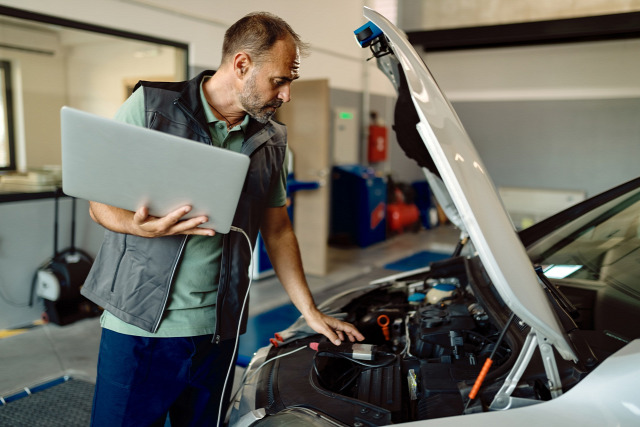
The electric bus market is gaining significant traction worldwide as cities and countries strive to reduce carbon emissions and promote sustainable urban transportation. With the shift towards greener energy solutions and the advancement of electric vehicle technology, electric buses are becoming an integral part of public transportation systems.
Understanding the Electric Bus Market
“Electric Buses” are powered entirely by electricity, eliminating the need for fossil fuels and significantly reducing greenhouse gas emissions. They are equipped with electric motors and batteries, offering a sustainable alternative to traditional diesel-powered buses.
Key components include:
-
Battery Packs: High-capacity batteries that store electricity and power the bus.
-
Electric Motors: Motors that convert electrical energy into mechanical energy to propel the bus.
-
Charging Infrastructure: Systems and networks that facilitate the recharging of electric bus batteries.
According to BIS Research analysis, the electric bus market, valued at $15.90 billion in 2024, is projected to grow at a CAGR of 15.14%, reaching a valuation of $65.10 billion by 2034 during the forecast period of 2024-2034.
Key Market Dynamics
The electric bus market is influenced by several key factors:
Environmental Regulations:
-
Governments worldwide are implementing stringent emission standards to combat air pollution.
-
These regulations promote sustainable transportation, driving the adoption of electric buses.
Technological Advancements:
-
Innovations in battery technology and charging infrastructure are enhancing electric buses' range, efficiency, and affordability.
Government Initiatives and Incentives:
-
Subsidies, grants, and incentives from governments support the transition to electric mobility.
-
These measures are boosting the growth of the electric bus market.
Cost Reduction:
-
The declining costs of batteries and electric powertrains make electric buses more economically viable for public transportation agencies.
Public Awareness and Demand:
-
Growing awareness of environmental issues is increasing public demand for electric buses.
-
The benefits of electric transportation are driving demand among transit authorities.
Global Market Overview
The global electric bus market is experiencing rapid growth, with Asia-Pacific leading the charge:
Asia-Pacific
-
China: Dominating the global electric bus market, China is home to over 90% of the world’s electric buses. The government’s strong support through subsidies and incentives, along with the country’s advanced battery manufacturing capabilities, are key drivers.
-
India: The Indian government is actively promoting electric buses to reduce urban pollution. Initiatives like the Faster Adoption and Manufacturing of Hybrid and Electric Vehicles (FAME) scheme are accelerating market growth.
Request for a detailed research report on Electric Bus Market
Europe
-
European Union: The EU has set ambitious targets for reducing carbon emissions and is investing heavily in electric mobility infrastructure. Cities like London, Paris, and Amsterdam are increasingly adopting electric buses.
-
Nordic Countries: Norway, Sweden, and Denmark are leading the transition to electric public transportation, supported by strong government policies and investments.
North America
-
United States: The U.S. electric bus market is growing steadily, driven by initiatives from cities like Los Angeles and New York to electrify public transit fleets. Federal funding and grants are supporting the transition.
-
Canada: Canada is investing in electric buses as part of its commitment to reducing greenhouse gas emissions, with cities like Vancouver and Toronto leading the way.
Latin America
-
Brazil and Chile: Brazil and Chile are emerging as key players in the Latin American electric bus market, driven by government initiatives and the increasing demand for sustainable transportation solutions.
Middle East and Africa
-
United Arab Emirates: The UAE is focusing on sustainable transportation, with electric buses being introduced as part of its green mobility strategy.
-
South Africa: South Africa is exploring electric bus adoption as part of its efforts to improve urban air quality and reduce reliance on fossil fuels.
Market Challenges and Opportunities
While the electric bus market presents significant opportunities, it also faces several challenges:
-
High Initial Costs: The upfront cost of electric buses is higher than traditional diesel buses, posing a barrier to adoption for some transit agencies.
-
Infrastructure Development: The need for extensive charging infrastructure and grid upgrades can be a challenge for cities transitioning to electric buses.
-
Range Limitations: The limited range of electric buses, particularly in regions with harsh climates, remains a concern.
-
Battery Disposal and Recycling: Managing the lifecycle and environmental impact of batteries is a critical issue for the electric bus industry.
Get more detailed insights on Automotive Market Research Reports.
Despite these challenges, the market presents numerous opportunities:
-
Technological Advancements: Continued improvements in battery technology and charging solutions are expected to enhance the performance and cost-effectiveness of electric buses.
-
Public-Private Partnerships: Collaborations between governments, transit agencies, and private companies can accelerate infrastructure development and market growth.
-
Expansion into Emerging Markets: Emerging markets offer significant growth potential for electric buses due to increasing urbanization and demand for sustainable transportation.
-
Focus on Sustainability: The global emphasis on sustainability and reducing carbon footprints aligns with the benefits of electric buses, driving further adoption.
Future Market Prospects
The future of the electric bus market looks promising, with several trends likely to shape its trajectory:
-
Increased Investment: Governments and private investors are expected to increase funding for electric mobility solutions, supporting market expansion.
-
Integration with Smart Cities: Electric buses will play a crucial role in smart city initiatives, integrating with intelligent transportation systems for optimized urban mobility.
-
Development of Fast-Charging Solutions: Advancements in fast-charging technology will reduce charging times and improve the operational efficiency of electric buses.
-
Focus on Energy Storage: Innovations in energy storage solutions, such as solid-state batteries, will enhance the range and lifespan of electric buses.
Talk to our Analyst to get a deeper insight of the market
Conclusion
The global electric bus industry is poised for significant growth, driven by environmental regulations, technological advancements, government initiatives, cost reductions, and increasing public demand for sustainable transportation. By addressing challenges related to high initial costs, infrastructure development, range limitations, and battery disposal, and leveraging opportunities in technological innovation, partnerships, emerging markets, and sustainability, the potential of electric buses to revolutionize public transportation can be fully realized.


 Mobility-as-a-Service (MaaS)
Mobility-as-a-Service (MaaS)

